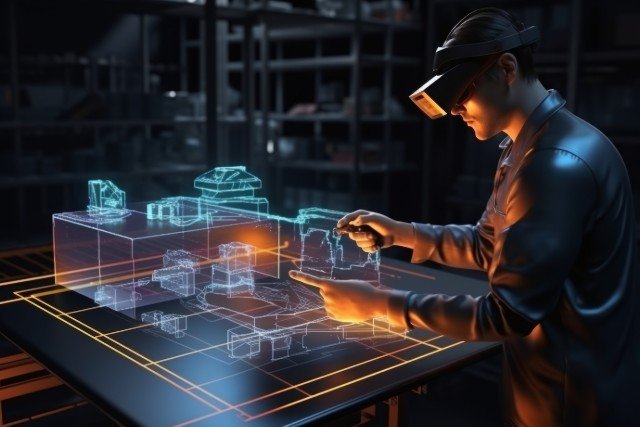Across the globe, infrastructure is evolving. Not just in the form of new roads, bridges, and power lines, but through a deep integration of technology that’s making it smarter, more efficient, and more accessible. This tech-driven shift isn’t confined to urban centers. It’s steadily extending to rural communities, industrial zones, and small towns—redefining what it means to be connected and powered in the 21st century.
A Nationwide Upgrade: The Digital Foundations
The backbone of tech-driven infrastructure lies in connectivity. The expansion of high-speed internet, 5G networks, and fiber-optic cables is reshaping how people access information and services. Broadband has long been considered a luxury in remote regions, but now it’s fast becoming a necessity—and one that governments and private companies are racing to deliver.
In the U.S., for example, federal programs are allocating billions to broadband expansion. Telecommunications firms are laying new cables across rugged terrain, deserts, and farmland to ensure that homes, schools, and businesses can participate in the digital economy. With reliable internet, rural students can access virtual classrooms, telemedicine can reach isolated patients, and entrepreneurs can operate e-commerce businesses from just about anywhere.
Smart Cities, Smarter Communities
While large cities may lead the way with smart traffic lights, sensor-enabled parking systems, and AI-managed utilities, smaller towns are following suit in creative ways. Technology is allowing communities of all sizes to optimize operations and reduce costs.
Smart water meters, for example, help detect leaks and conserve resources. Solar-powered streetlights with motion sensors reduce energy waste. Public transportation apps track buses and shuttles in real-time, making daily life more efficient for residents. These innovations add up—not just in dollars saved, but in quality of life.
Powering the Expansion: Energy and Electrical Systems
Modern infrastructure relies heavily on reliable electrical systems. As more technologies are integrated—from EV chargers and smart thermostats to advanced manufacturing tools—communities need power grids that can handle the load and adapt to future needs.
That’s why local upgrades are essential. Whether it’s rewiring older buildings to meet new standards, installing backup power systems, or integrating renewable energy sources like solar and wind, the need for expert electrical work is growing. For residents and businesses alike, connecting with trusted electrical services is a key step in modernizing their properties and preparing for the next wave of innovation.
Skilled electricians are also critical in supporting infrastructure projects like:
- Expanding EV charging station networks
- Upgrading outdated transformers and substations
- Implementing smart grid technology
- Enhancing electrical safety in public buildings and schools
Without this foundational work, the larger technological ecosystem cannot thrive.
Bridging the Infrastructure Divide
A major benefit of tech-driven infrastructure is its potential to bridge longstanding gaps. Rural and underserved communities often lag behind due to a lack of investment or geographic challenges. Now, thanks to new funding models and improved logistics, these barriers are being overcome.
Mobile medical units powered by clean energy are reaching remote clinics. Drones and AI-driven mapping tools are surveying areas for development faster and more accurately than ever before. Even logistics companies are using smart routing systems to serve regions that were previously hard to reach.
This isn’t just a matter of convenience—it’s about inclusion. When communities are equipped with the tools to participate in the digital and industrial economy, opportunities open up for everyone.
The Road Ahead
The march of tech-driven infrastructure is accelerating. As it continues to spread across the map, we can expect new standards to emerge—ones that emphasize sustainability, resilience, and inclusivity. The future of infrastructure is not just about what we build, but how intelligently and equitably we build it.
In time, no corner of the map will be left behind. Whether it’s a bustling city neighborhood or a quiet stretch of countryside, the combination of technology and infrastructure is laying the foundation for smarter, stronger communities everywhere.




